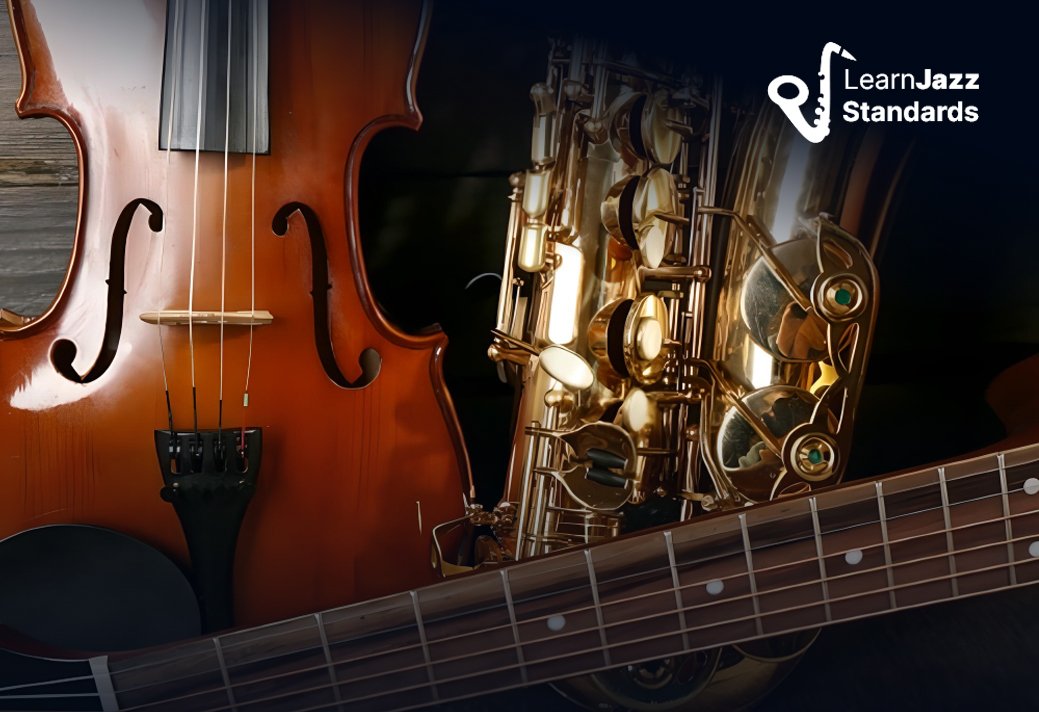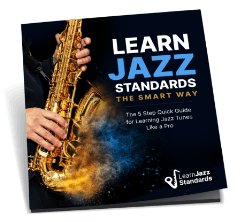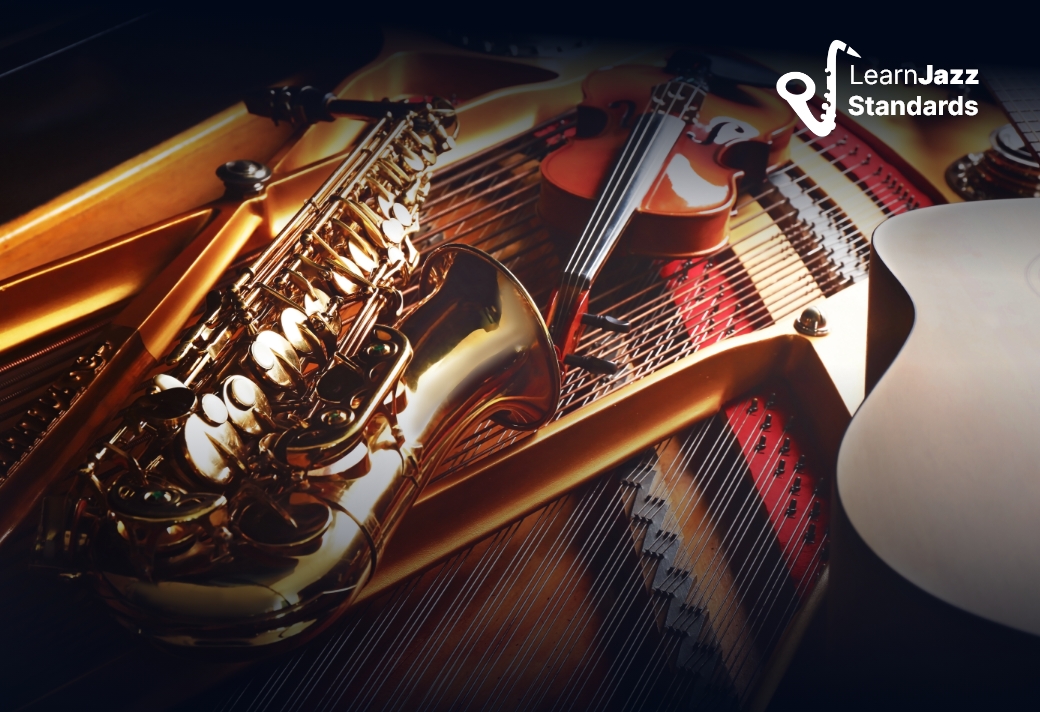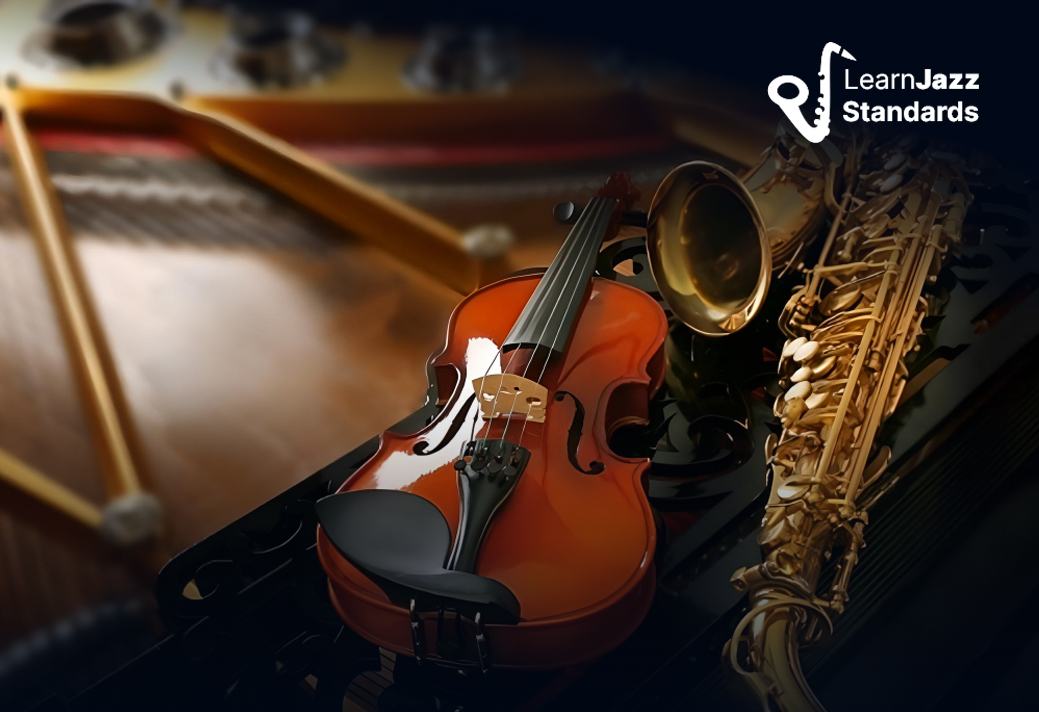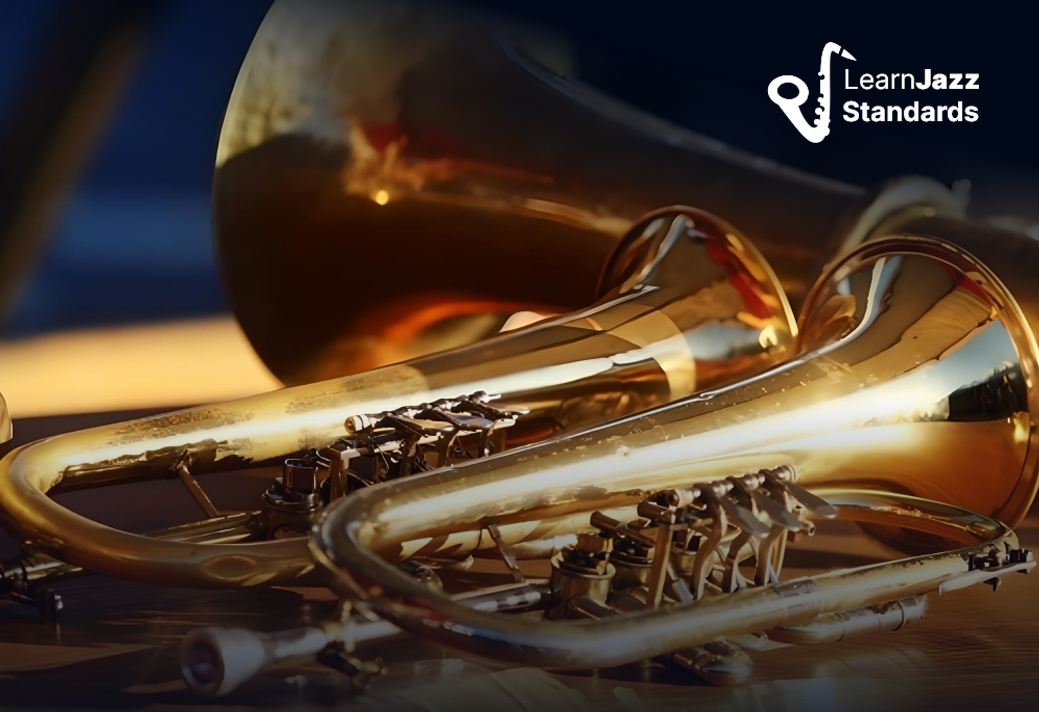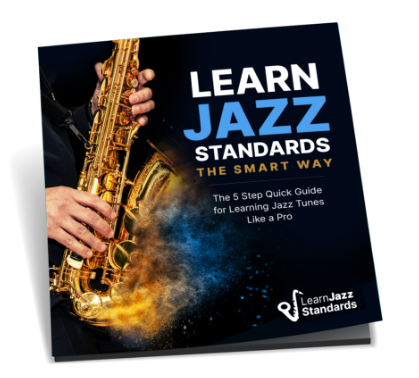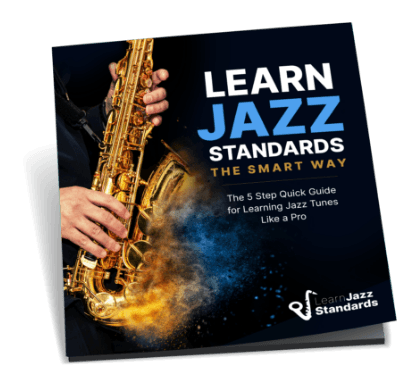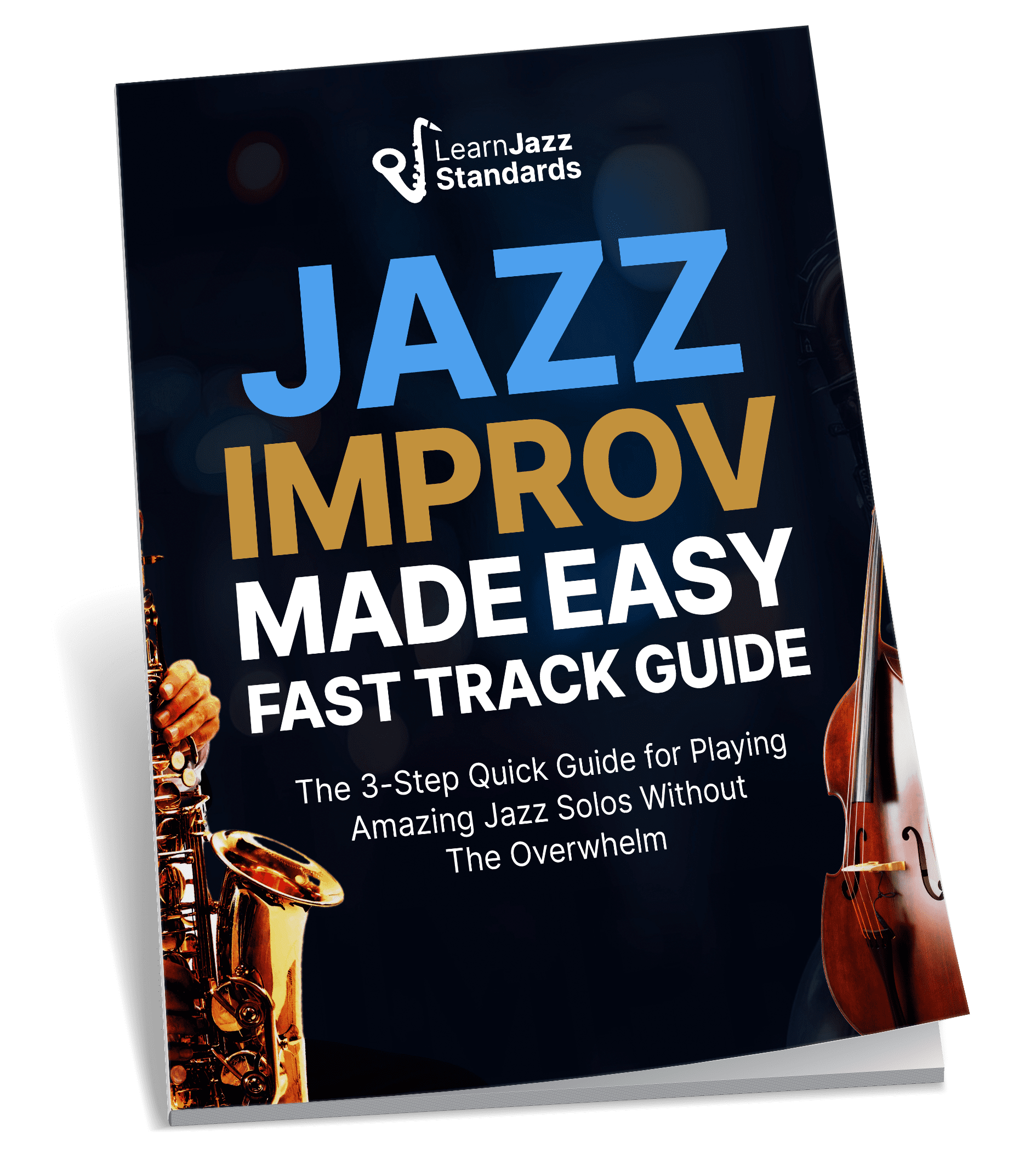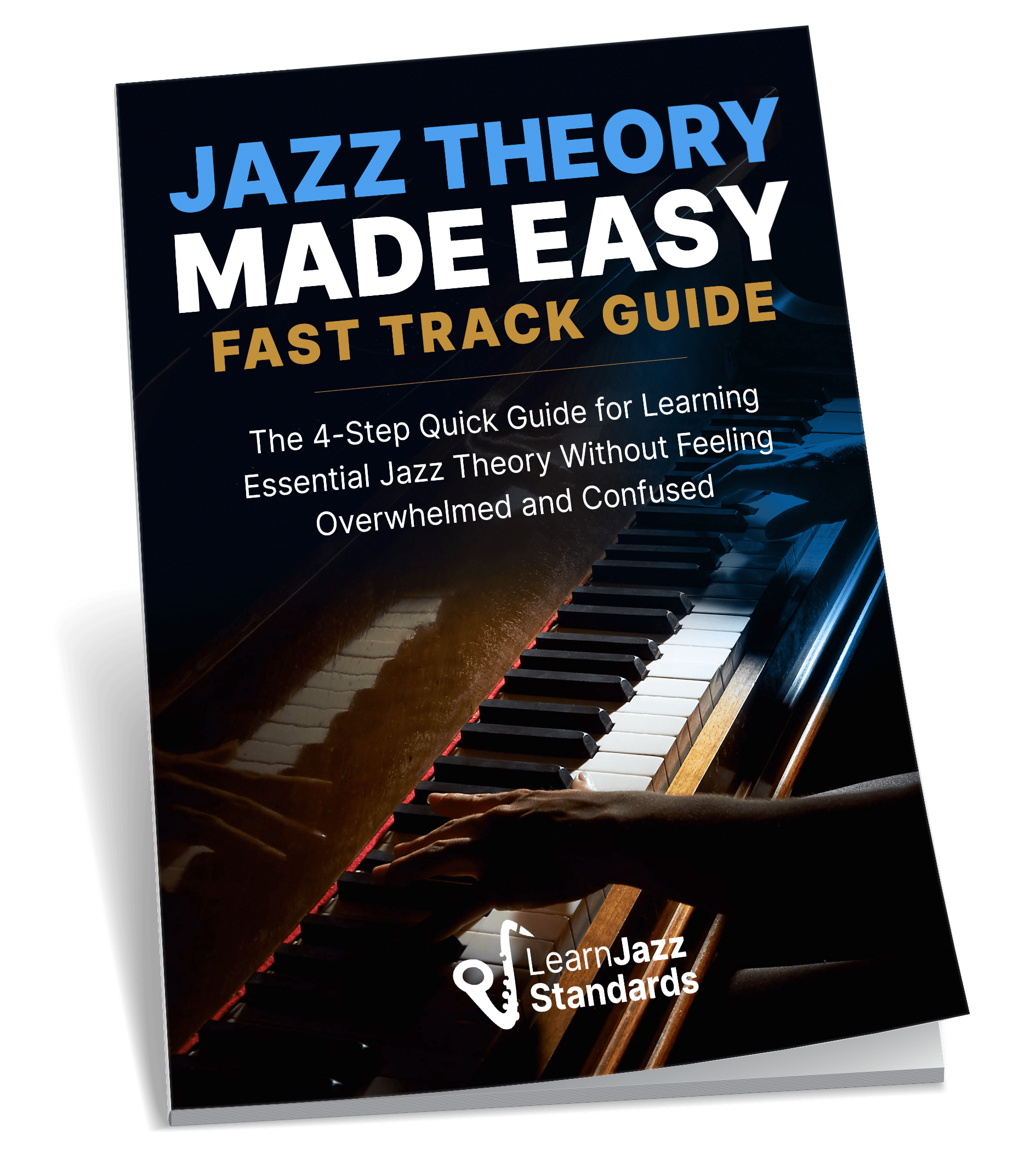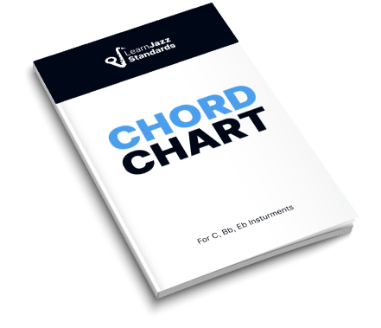I get a lot of emails asking me questions like, “how do I learn songs by ear?”, “how do I learn solos by ear?”, “how do I play the music I’m hearing in my head?” All of these questions can be summed up in one simple question: how do I play what I hear?
Through consulting colleagues and looking back into my own musical history, I’ve become convinced that the fundamentals of ear training are crucial for playing what you hear. They are the foundational infrastructure we need to truly develop our ears.
The fundamentals of ear training are:
These are all things you can train your ears to hear away from your instrument. But there is a final step in the process of playing what you hear, and that’s connecting your ear to your instrument.
Once those fundamentals are in place you need to start developing the relationship between what you are hearing to your instrument. Think of your ears and your instrument as two separate entities.
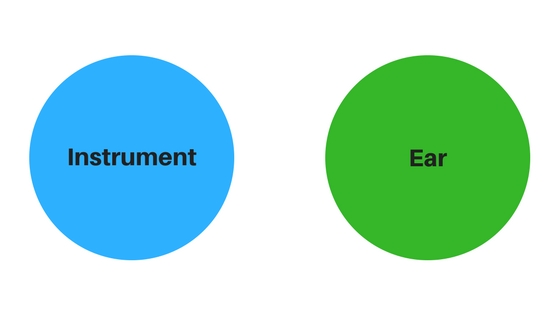
Your ear needs to be developed as well. That’s where the fundamentals of ear training come in. Having that strong foundation will key your ears into what you are hearing so that you can both reproduce it for yourself and understand it.
Most jazz musicians have a connection with their ear and instrument, but it’s a weak one.
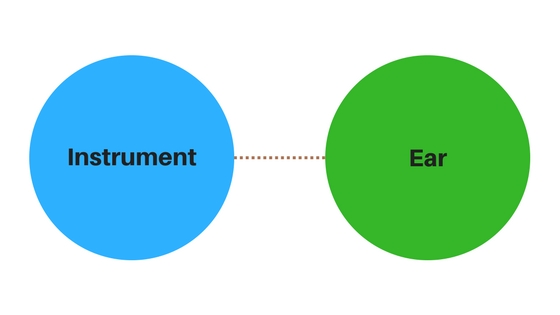
In the case of these high-level musicians, the instrument and the ear are not separate entities. They are one. They are able to seamlessly connect the two.
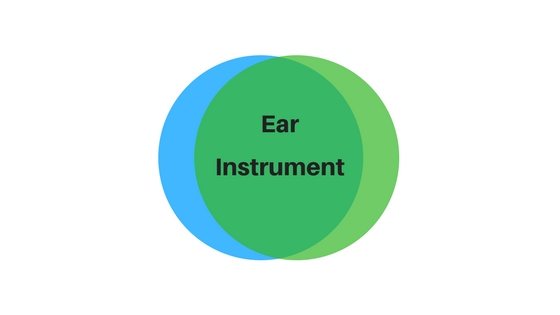
Well, it still comes down to ear training, but a more musical kind of ear training. There are many ways to go about it, so I’ll list the ones that I believe are the most important:
1. Learn licks and solos by ear.
This practice has two wins involved. The first win is you are learning great jazz language from jazz musicians you admire. That’s a big part of becoming a better jazz improviser. The second win is you are training your ears to respond to what you are hearing and translate it to your instrument.
This is a practice I always preach, and if you have followed our blog or podcast for a while you already know that. But I usually hone in on the learning language side of it and not so much on the ear training side of it.
When you listen to a record and try to learn individual lines or even entire solos, you are first and foremost training your ear to listen critically. It takes extra energy to listen to what is being played and try to emulate it. This is especially true when learning jazz language. Jazz musicians use a lot of chromaticism in their lines and other techniques. You really have to listen in to get everything that is going on.
When you translate this musical information to your instrument you are building that ear to instrument connection. The more you practice this the faster you will get. Your ear starts to pick up on patterns and your muscle memory starts to kick in, even if you have never heard a particular phrase before.
2. Learn songs by ear.
This is another one I have always evangelized on Learn Jazz Standards. But usually, when I talk about doing this, I am stressing the fact that it will help you memorize and internalize the song better than learning from sheet music.
In the same way that learning solos by ear forces you to listen critically, learning songs by ear does the same, if not more.
First, you are learning the melody, which is a melodic line unto itself, and then you are learning the chord changes. If you have ever tried to learn chord changes by ear, you know that it’s not easy. The more you do it the easier it gets, but especially when you start doing it for the first time it can be tough. However, it’s this kind of practice that will build up your ears if you put in the work.
By translating songs you’ve learned by ear onto your instrument you are strengthening that connection even further.
3. Practice melodic dictation
The last point I want to talk about is melodic dictation.
What’s melodic dictation?
Melodic dictation is the practice of hearing short melodies, patterns, or phrases and translating to your instrument as quickly as possible. It’s kind of like the hearing version
It’s kind of like the hearing version of sight reading. When you sight read you read through the piece of music once maybe twice and then move on. The idea is not to memorize the piece because then it becomes more about memorizing, not reading. When you learn licks and solos the goal is usually to memorize, but that’s not the goal of melodic dictation.
Melodic dictation trains you hear to respond quickly with your instrument. You hear a short melody once or twice, and you try to replicate it right away. Then you move on to the next one.
The easiest way to practice this is to get together with a friend and have him or her play for you short melodies. But you can also listen to a solo and pick it apart phrase by phrase; not learning it, but simply trying to replicate each phrase as quickly as possible.
Let’s put melodic dictation to practice. I’m going to provide for you 5 short melodies. I want you to listen to them no more than 1-3 times, and play them.
Melody 1
Melody 2
Melody 3
Melody 4
Melody 5
How did you do? The idea would to play many more of these in a row to keep the training. Start putting some of these into practice and build that ear to instrument connection.


